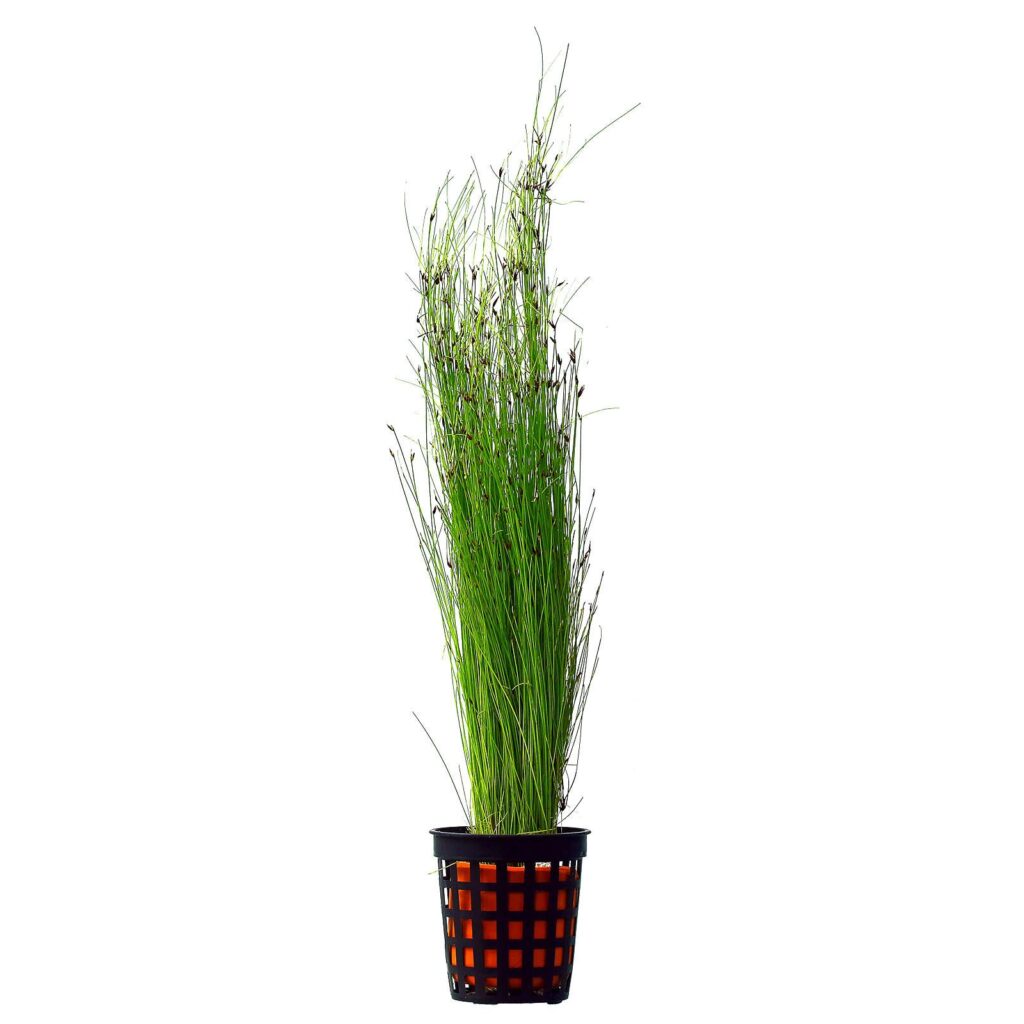Tall hair grass, also known by its scientific name Eleocharis vivipara, is a common aquatic plant found in a variety of freshwater habitats worldwide. This plant is characterized by its long, thin stems and fine, grass-like leaves that can grow up to a height of 70 cm. In this article, we will explore the characteristics, habitat, and uses of the tall hair grass.
Characteristics
The tall hair grass has a unique appearance that makes it easy to distinguish from other aquatic plants. The stems of this plant are thin and wiry, with leaves that are about the same width as the stem. The leaves can be up to 30 cm long and are typically a light green color. The plant produces small, cone-shaped spikes that are green when immature and turn brown as they mature. These spikes can be up to 2 cm long and contain small flowers that produce seeds.
One of the most unique characteristics of the tall hair grass is its ability to reproduce viviparously. This means that the plant produces young plants, called bulbils, while still attached to the parent plant. These bulbils grow on the ends of the stems and can fall off to form new plants. This method of reproduction allows the plant to rapidly colonize new areas and spread throughout its habitat.
Habitat
The tall hair grass is found in a variety of aquatic habitats, including marshes, swamps, and shallow bodies of water such as ponds and lakes. This plant prefers areas with still or slow-moving water and can grow in water up to 60 cm deep. It is also able to tolerate brackish water, making it a common plant in estuaries and tidal flats.
The tall hair grass can be found in a variety of climates, from temperate to tropical regions. It is found throughout North America, Europe, Asia, and Australia. In the United States, it is commonly found in the southeastern region, from Virginia to Texas, and in the western states of California and Oregon.
Uses
The tall hair grass has a variety of uses, both ecologically and commercially. In its natural habitat, it serves as an important food source and habitat for a variety of aquatic animals, including fish, birds, and invertebrates. The plant is also important for stabilizing shorelines and preventing erosion.
In addition to its ecological importance, the tall hair grass has commercial uses. It is commonly used in the aquarium trade as a decorative plant, adding a natural aesthetic to freshwater tanks. The plant is also used in the horticultural industry as an ornamental plant in water gardens and ponds. Its viviparous nature makes it a popular choice for aquatic gardeners, as it can quickly colonize new areas and provide a natural look to a water feature.
Conclusion
In conclusion, the tall hair grass is a unique and important aquatic plant found in a variety of freshwater habitats worldwide. Its thin, wiry stems and fine, grass-like leaves make it easy to distinguish from other aquatic plants. The plant is characterized by its ability to reproduce viviparously, allowing it to rapidly colonize new areas and spread throughout its habitat. The tall hair grass serves an important ecological role as a food source and habitat for aquatic animals, as well as a natural means of stabilizing shorelines and preventing erosion. Its commercial uses in the aquarium and horticultural industries make it a popular choice for those looking to add a natural aesthetic to their water features.





![]()
